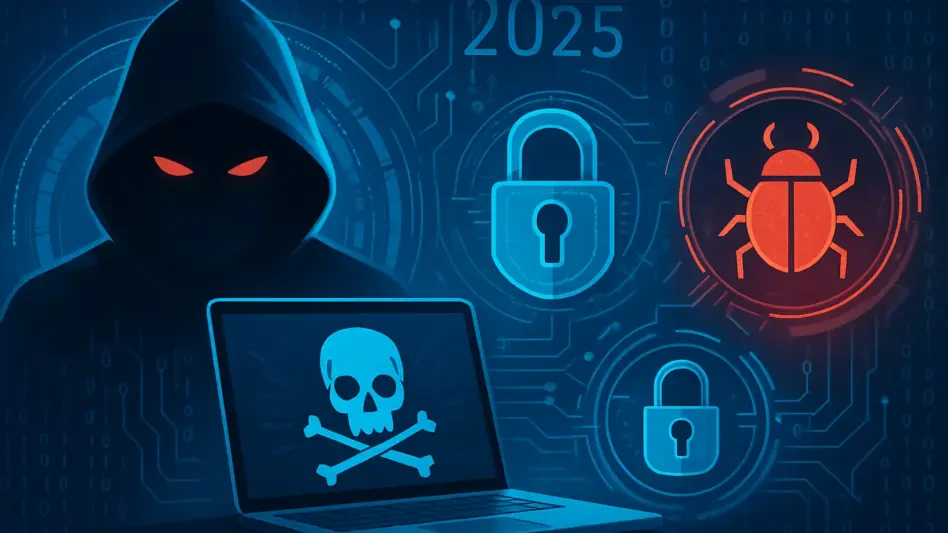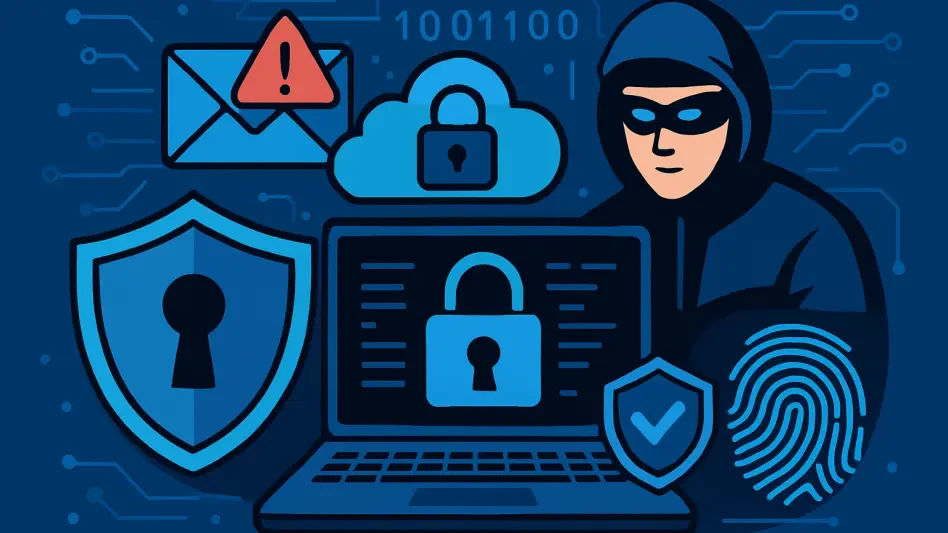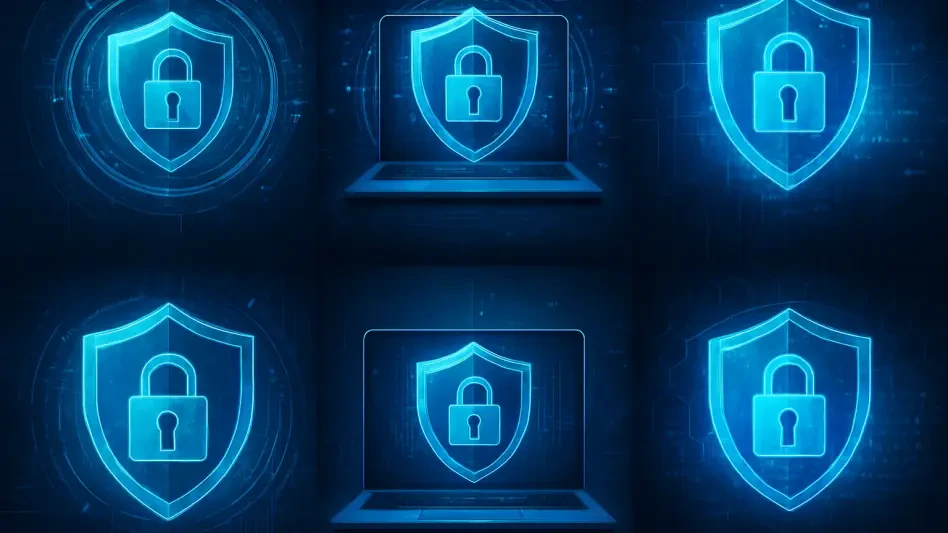Salesforce, renowned for its customer relationship management solutions, recently faced scrutiny due to its handling of a zero-day vulnerability. This flaw, embedded within the aura://CsvDataImportResourceFamilyController/ACTION$getCsvAutoMap controller, exposed millions of users to potential data breaches. The discovery of this vulnerability during automated fuzzing tests, spearheaded by security researcher Tobia Righi, underscored a critical issue within Salesforce’s architecture. Attackers exploited SOQL injection techniques, allowing them to extract sensitive information from user databases. The broader impact spans thousands of Salesforce deployments globally, highlighting the urgent need for effective cybersecurity measures.
Unveiling the Vulnerability
Discovering the Flaw and Initial Reactions
The zero-day vulnerability in Salesforce’s default controller marked a significant milestone for cybersecurity experts. Using a custom parser and fuzzer, Righi identified unsafe parameter handling as the weakness, allowing injection attacks. The error message, “MALFORMED_QUERY: \nContentVersion WHERE ContentDocumentId…unexpected token,” flagged potential exploits. Though SOQL injections remain limited compared to SQL, attackers innovated with error-based blind injection methods, exposing discrepancies between valid and invalid queries. By leveraging these discrepancies, cybercriminals could craft payloads to enumerate and reveal database content, specifically targeting objects linked to ContentDocument.
Advanced Techniques for Data Extraction
As the attack strategy evolved, Righi refined it by utilizing Salesforce ID generation methodologies, enhancing data extraction. Existing scripts enabled the production of valid contentDocumentId values, making systematic data retrieval more efficient across both public and private objects. Despite reporting the issue, Salesforce’s decision to quietly patch the vulnerability without offering a detailed advisory or CVE designation left the security community in uncertainty. Such a lack of transparency restricted stakeholders from adequately assessing the extent of compromise or implementing timely detection measures against similar threats.
Assessing Salesforce’s Response
The Implications of Silent Mitigation
Salesforce’s silent approach to the vulnerability fix, though effectively neutralizing the threat, stirred considerable debate within the cybersecurity landscape. By issuing the patch discreetly in February 2025, Salesforce circumvented the traditional route of public disclosure associated with CVE assignments. This prompt but muted resolution brought underlying issues to the forefront, including the broader implications of obscuring vulnerability details from the community. Such secrecy risks undermining user trust and stifles collaboration opportunities that are crucial for proactively addressing cybersecurity challenges.
The Need for Enhanced Transparency
Ongoing conversations emphasize the critical need for transparency in cybersecurity practices, advocating for detailed disclosures of vulnerabilities and methods of mitigation. While addressing the immediate threat is vital, providing comprehensive advisories allows the community to strengthen collective defenses against potential exploits. Salesforce’s choice to remain silent after the patch has prompted calls for more openness, encouraging a shift toward a culture of clear communication. Sharing information on vulnerabilities and their remedies equips developers, businesses, and users alike with the necessary tools to bolster security measures across scalable platforms.
Implications for Future Cybersecurity Practices
Strengthening Collaborative Efforts
The Salesforce incident accentuates the importance of robust security frameworks, where community collaboration plays a pivotal role. Lessons learned from this event urge cybersecurity experts to work together, sharing crucial insights on potential threats and remediation strategies. By fostering cooperation among stakeholders, the tech community can build resilient systems that guard sensitive data against evolving cyber threats. Initiatives aimed at enhancing shared databases of vulnerabilities and promoting unified response strategies are integral to propelling these efforts forward.
Advocating for Proactive Measures
Salesforce, a leader in customer relationship management software, recently came under scrutiny for its response to a zero-day vulnerability affecting its systems. This flaw was identified within the aura://CsvDataImportResourceFamilyController/ACTION$getCsvAutoMap controller and put millions of users at risk of data breaches. The vulnerability, detected during automated fuzzing tests led by security expert Tobia Righi, highlighted serious concerns within Salesforce’s system architecture. Hackers exploited this flaw using SOQL injection techniques, successfully obtaining sensitive information from user databases. The repercussions are widespread, affecting thousands of Salesforce setups worldwide, and emphasizing the critical need for robust cybersecurity measures. As companies increasingly rely on cloud-based solutions like Salesforce, the importance of safeguarding user data against potential attacks cannot be overstated, requiring constant vigilance and swift response to emerging threats.








